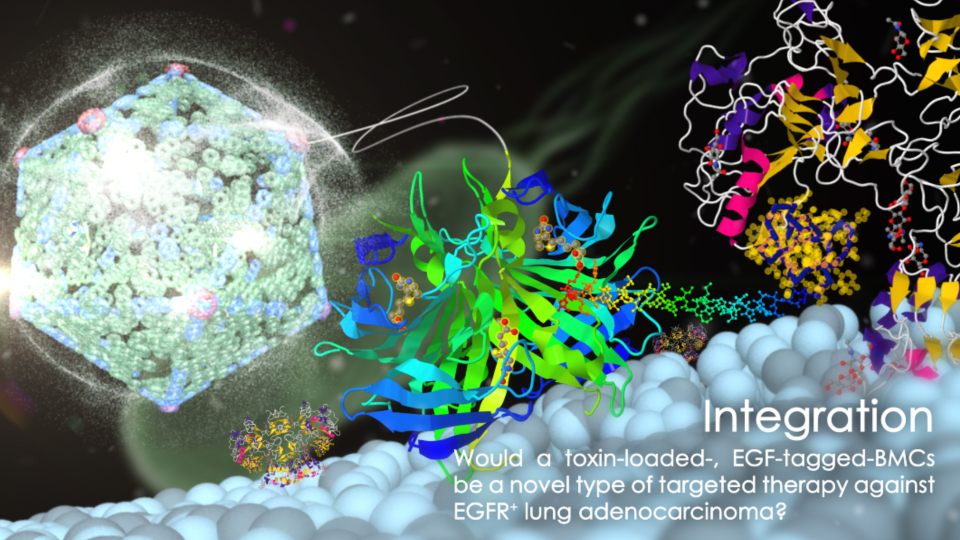Team:Hong Kong HKU/humanpractice/futureapps
Future Application
Current Problem
Inorganic phosphate (Pi) is a widely used component for many different uses. In fact, complex phosphates are important ingredients of most of the commercial detergents. They include tri-sodium phosphate (TSP), tetra sodium pyrophosphate (TSPP), sodium tripolyphosphate (TPP), and hexametaphosphate (Calgon). On the other hand, by the Liebig's Law of the Minimum, the productivity of land areas is most likely determined by limitations on some nutritional elements. This implies that it is necessary to supply the nutrient elements for higher productivity of a crop under cultivation. As a result, phosphate is also added as a nutritional supplement in cultivation. However, due to the overuse of phosphate in industry, many of these phosphates are drained into rivers and lakes, causing eutrophication and pollutions in these waterways. Over the past century, 37 lakes in Europe and the U.S. were reported to become eutrophicated. Consequently, since eutrophication in waterways greatly promotes algal growth, algae bloom appeared more and more frequently over the past few years. Since then, scientists became more sophiscated in the search of new methods for sewage treatment to remove excess phosphate.
Creation, more than just Destruction
One old method to remove phosphate is by precipitation with metal salts (e.g. alum, lime, or iron). This method is expensive and may end up requiring further clean up of the toxic heavy metal by-products. Nowadays, environmental engineers adopt a more cost-effective method which removes Pi by converting them into polyphosphate (poly P) using genetically engineered bacteria. The engineers turn to a functional gene, ppk gene, which encodes an enzyme polyphosphate kinase (PPK) that catalyzes the formation of poly P from Pi. This enzyme works much faster and increases the extent of Pi removal from the medium. This method greatly improves the performance of Pi removal compared to the conventional method.
Our E. capsi is one of the systems which is capable of efficiently removing Pi from any medium (e.g. sewage). This can be used to prevent eutrophication of lakes and rivers. In our model, it is expected that membranes made up of our E. capsi can be put at every sewage outputs, even domestic ones, to reduce phosphate draining into nearby rivers and lakes. Moreover, if any algal bloom is about to happen, our E. capsi can be added to the local waterways to cease the rapid growth of algae and thus prevents devastating disruption to the local ecosystems.
Our E. capsi is one of the systems which is capable of efficiently removing Pi from any medium (e.g. sewage). This can be used to prevent eutrophication of lakes and rivers. In our model, it is expected that membranes made up of our E. capsi can be put at every sewage outputs, even domestic ones, to reduce phosphate draining into nearby rivers and lakes. Moreover, if any al
Current Problem
Inorganic phosphate (Pi) is a widely used component for many different uses. In fact, complex phosphates are important ingredients of most of the commercial detergents. They include tri-sodium phosphate (TSP), tetra sodium pyrophosphate (TSPP), sodium tripolyphosphate (TPP), and hexametaphosphate (Calgon). On the other hand, by the Liebig's Law of the Minimum, the productivity of land areas is most likely determined by limitations on some nutritional elements. This implies that it is necessary to supply the nutrient elements for higher productivity of a crop under cultivation. As a result, phosphate is also added as a nutritional supplement in cultivation. However, due to the overuse of phosphate in industry, many of these phosphates are drained into rivers and lakes, causing eutrophication and pollutions in these waterways. Over the past century, 37 lakes in Europe and the U.S. were reported to become eutrophicated. Consequently, since eutrophication in waterways greatly promotes algal growth, algae bloom appeared more and more frequently over the past few years. Since then, scientists became more sophiscated in the search of new methods for sewage treatment to remove excess phosphate.
Creation, more than just Destruction
One old method to remove phosphate is by precipitation with metal salts (e.g. alum, lime, or iron). This method is expensive and may end up requiring further clean up of the toxic heavy metal by-products. Nowadays, environmental engineers adopt a more cost-effective method which removes Pi by converting them into polyphosphate (poly P) using genetically engineered bacteria. The engineers turn to a functional gene, ppk gene, which encodes an enzyme polyphosphate kinase (PPK) that catalyzes the formation of poly P from Pi. This enzyme works much faster and increases the extent of Pi removal from the medium. This method greatly improves the performance of Pi removal compared to the conventional method.
Our E. capsi is one of the systems which is capable of efficiently removing Pi from any medium (e.g. sewage). This can be used to prevent eutrophication of lakes and rivers. In our model, it is expected that membranes made up of our E. capsi can be put at every sewage outputs, even domestic ones, to reduce phosphate draining into nearby rivers and lakes. Moreover, if any algal bloom is about to happen, our E. capsi can be added to the local waterways to cease the rapid growth of algae and thus prevents devastating disruption to the local ecosystems.
Our E. capsi is one of the systems which is capable of efficiently removing Pi from any medium (e.g. sewage). This can be used to prevent eutrophication of lakes and rivers. In our model, it is expected that membranes made up of our E. capsi can be put at every sewage outputs, even domestic ones, to reduce phosphate draining into nearby rivers and lakes. Moreover, if any al
 "
"





